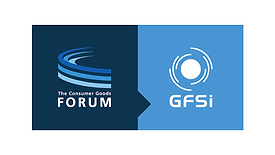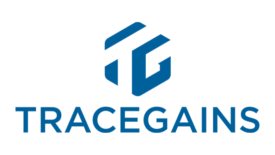Supply Chain
Tips to Overcome Supply Chain Challenges for Food Manufacturers
Many facilities have moved from "just in time" to "just in case" inventory management, which translates into a need for additional storage capacity
August 7, 2023
Digital Transformation of Supply Chains to Meet Foreign Supplier Verification Program Requirements
A move toward digitalizing supply chains may offer solutions to some of the challenges of FSVP compliance management
August 7, 2023
BIZTRACKS
Former FDA Official Frank Yiannas Joins Wiliot as Strategic Advisor for Traceability Expertise
August 3, 2023
Never miss the latest news and trends driving the food safety industry
eNewsletter | Website | eMagazine
JOIN TODAY!Copyright ©2025. All Rights Reserved BNP Media.
Design, CMS, Hosting & Web Development :: ePublishing




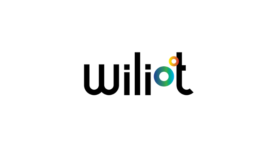
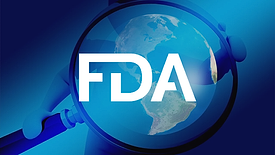
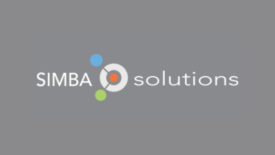
.png?height=168&t=1678845007&width=275)
